Guide to Linares, in Jaen province, Andalucia, has a history of mining dating back to 2000 BC when the Iberian town was called Castulo
By Nick Nutter | Updated 16 Mar 2022 | Jaén | Villages |
Login to add to YOUR Favourites or Read Later
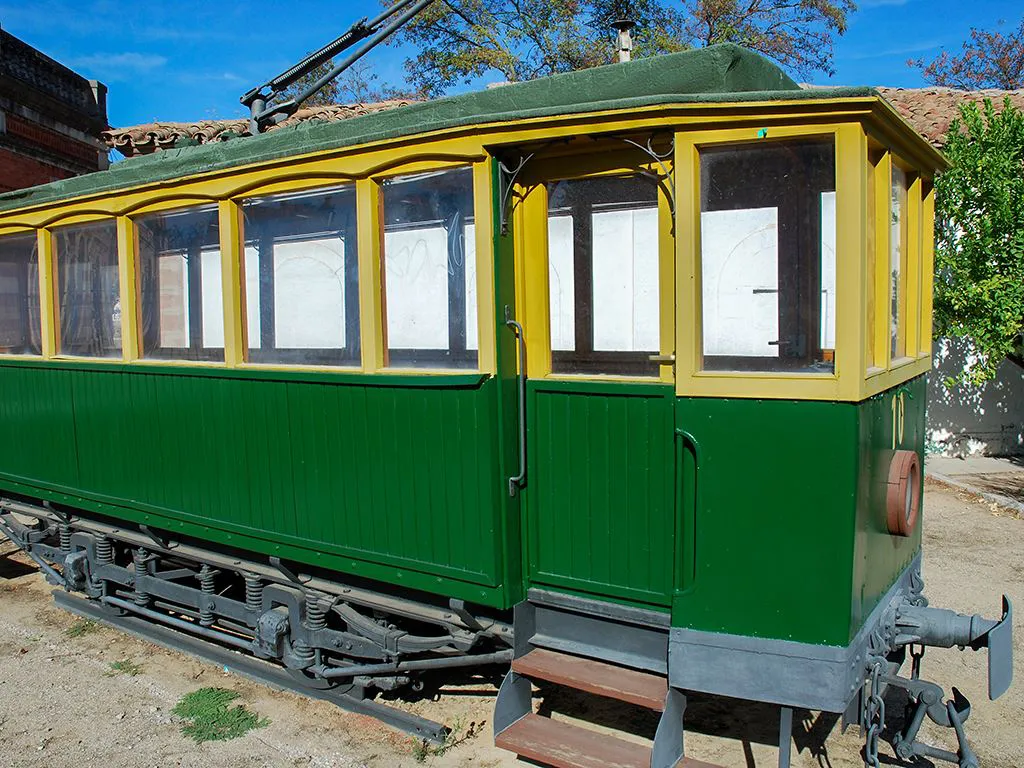
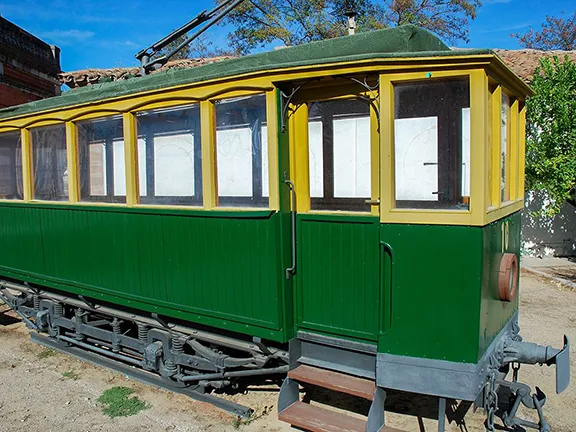
Linares tramcar
Linares, just 30 kilometres northeast of Jaén, is a city built on metal. Its origins trace back to before 2000 BC when prehistoric people found a wealth of metallic ores; silver, lead, copper and iron, all of which were exploited until the 20th century AD. The Iberians called the town Castulo. So rich were the mines of Castulo that the Carthaginian general, Hannibal, married Princess Himilce of Castulo, to take over the major mining areas. Hannibal was by no means the first to covet the mines; the Tartessians, Greeks and Phoenicians had all profited from the copper, silver and lead from Castulo. Nor was he the last, the Romans, Visigoths and Moors all fought to have a share. Mind you so did the British, Belgians, Germans and French.
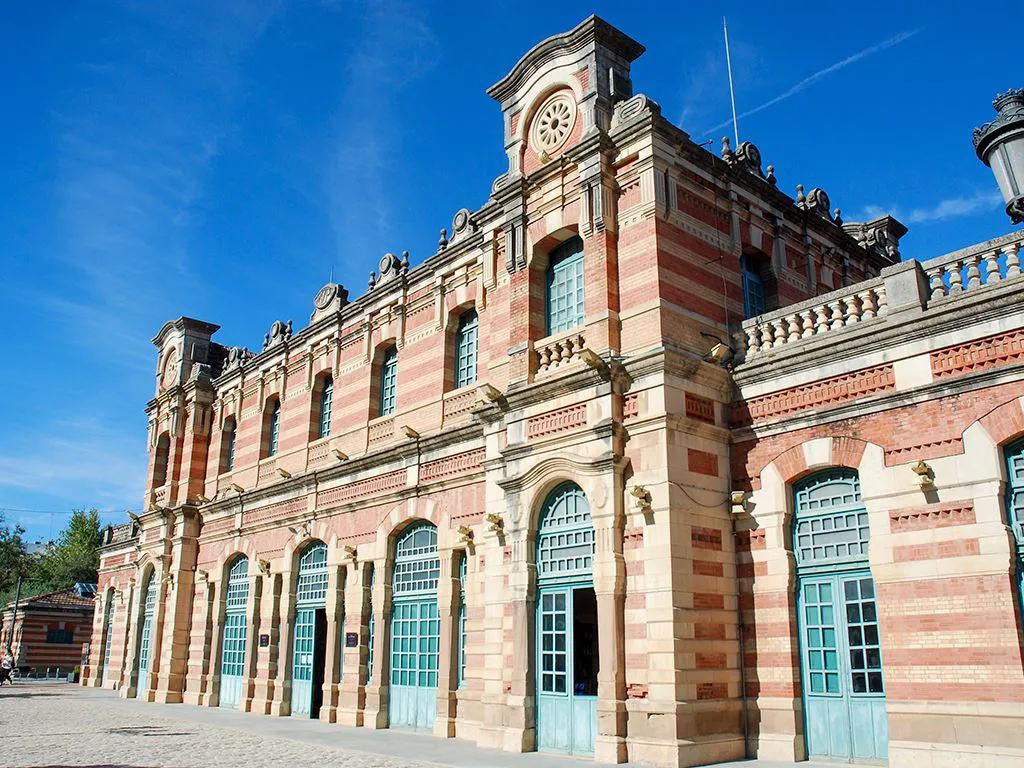
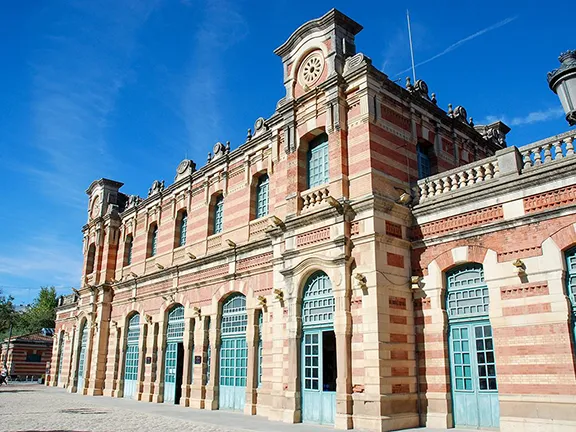
Madrid Station Linares
Castulo was abandoned during the 14th century as the population moved to the town of Linares, just 5 kilometres away.
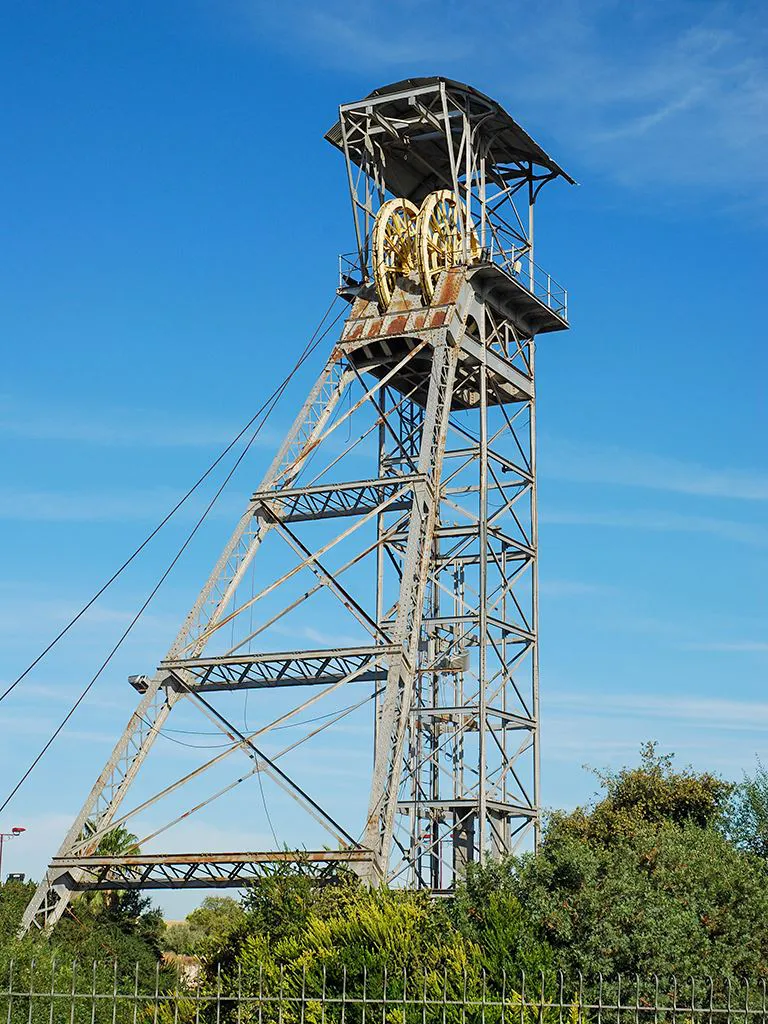
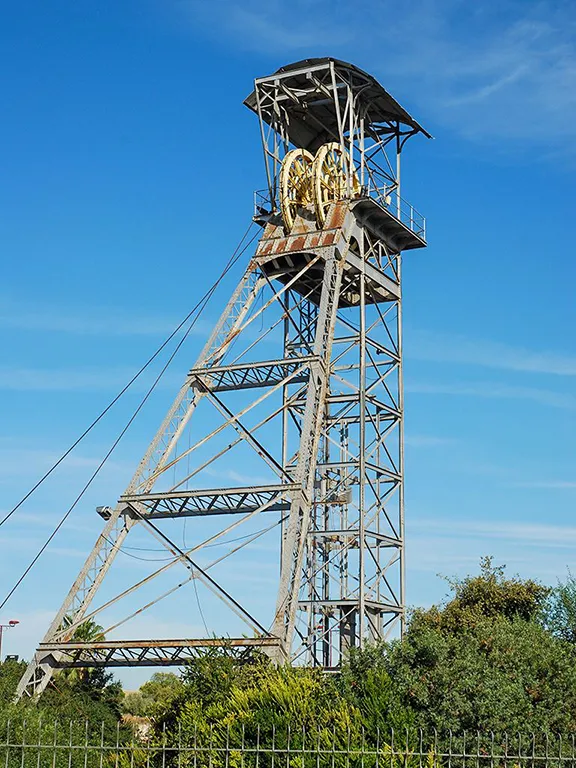
Mining Monument Linares
The first mention of Linares is in 1155 AD when Alfonso VII conquered the area and gave it to Suero Diaz. It seems as though Diaz could not hang on to the town because the second historical mention of Linares is a record that in 1227, Fernando III accepted the surrender of the town from the Almohade monarch Aben-Mahomad. Linares became part of Baeza, another historically important town just 12 kilometres away.
The population of Linares started their campaign for independence during the 14th century but had to wait until 1565 for the then king, Felipe II, to grant the town its independence.
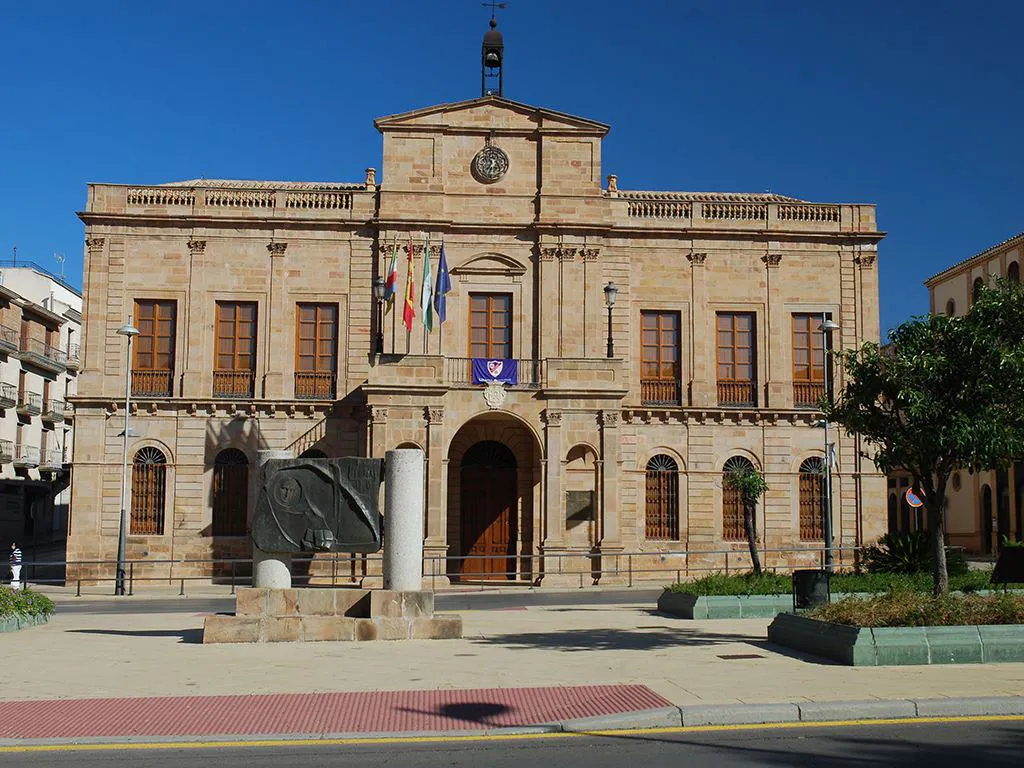
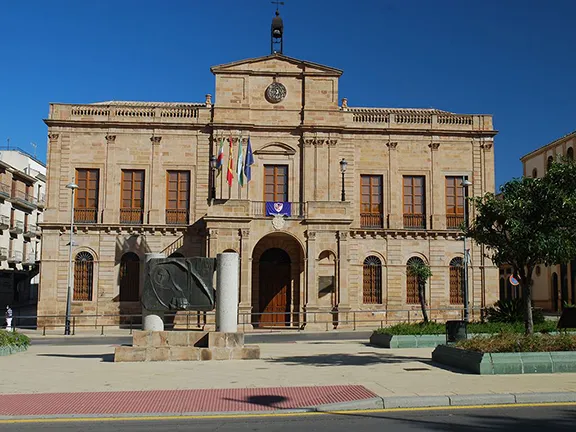
Ayuntamiento Linares
Linares started to prosper. By 1691 it had its own mint producing copper coins. It also diversified into producing dynamite and munitions. The Casa de Munición opened in 1756. The 19th century saw new laws enacted that helped to encourage investment in the mining industry. A golden age began. During the late 19th century foreign companies, British, French, Belgian and German, became involved in mining operations. They were represented by vice consulates in Linares. The railway arrived in 1865 and a tram system in 1904. Linares had five railway stations including the magnificent Éstacion de Madrid, opened in 1925.
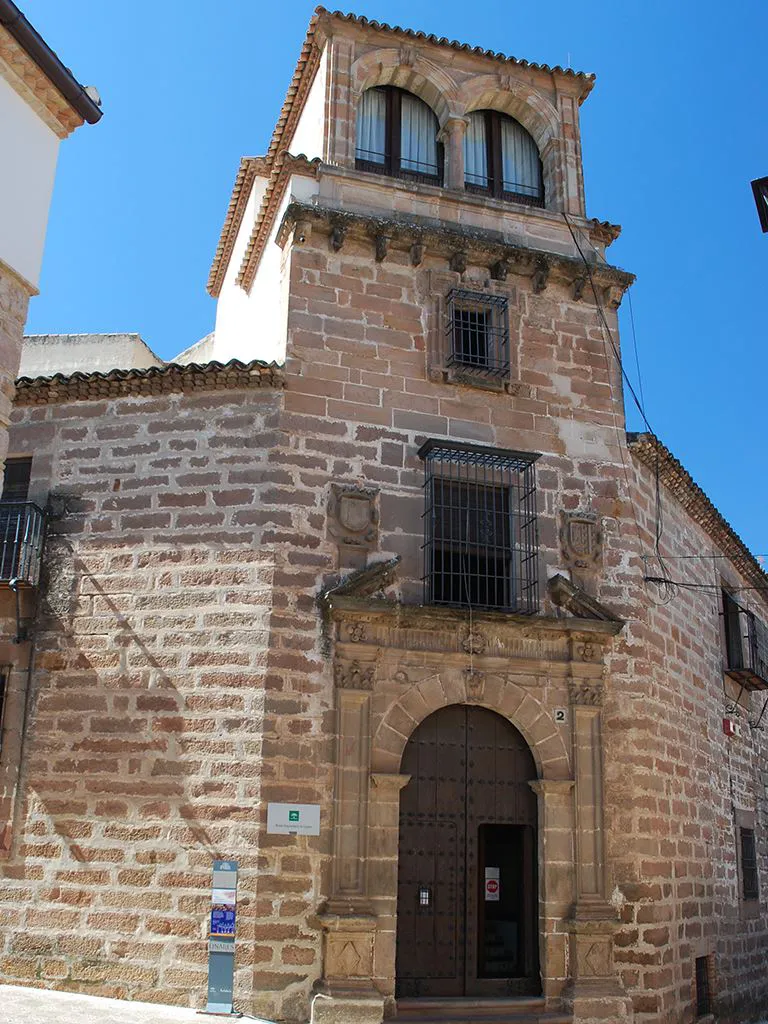
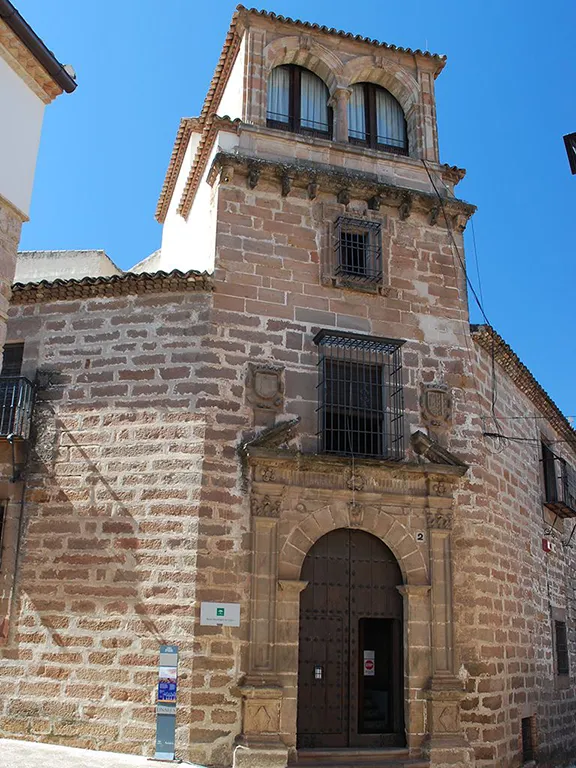
Museum Linares
During the 19th century, the Linares lead mining area was one of the largest lead producers in the world. The success of Linares as a lead producer must in part be attributed to the English lead mining companies that settled there from 1849 onwards, including the Linares Lead Mining, La Fortuna and AlamillosCompanies set up by John Taylor and Sons, the London based firm of mining consultants, and the Spanish Lead Company, an enterprise managed by Thomas Sopwith junior.
These companies brought with them new technology and introduced Cornish designed steam engines for winding and pumping, equipment that would be taken up later by Spanish Companies, including the Arrayanes mine owned by the Spanish Government. During the latter half of the19th century, the population of Linares grew to embrace this ever-demanding industry and the English community was represented by a British Vice-Consulate, one of the few opened in the interior of Spain. Today this industry is represented by a unique mining landscape, dotted with engine houses and chimneys and other mining features, many constructed by English companies. There is also a small well-maintained English cemetery containing the graves of many associated with the mining, and who sometimes died in tragic mining accidents.
The mines now stand deserted in the landscape, many with headgear manufactured in Britain, still in place. Some of these mines are being renovated for visitors.
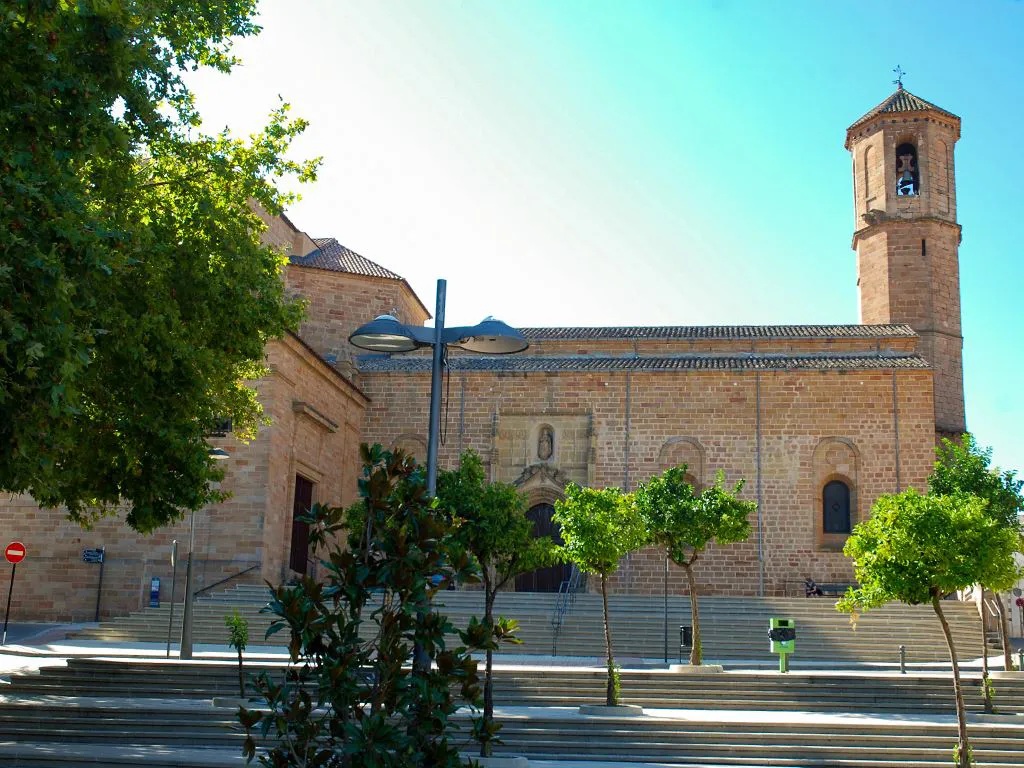
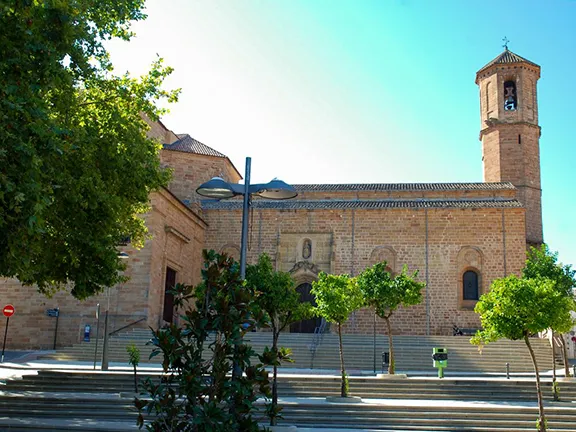
Plaza Linares
During the late 19th century there were three railway companies, all operating broad-gauge railways, through Linares. MZA (Madrid, Zaragoza and Alicante), Andaluces and Sur de España. A fourth, narrow-gauge line, ran to La Carolina. MZA constructed the Linarejos station, otherwise known as the Madrid Railway Station. It is built in a style called neomudejar to represent an inverted railway carriage. The horizontal building, in two-toned brick, is surmounted by four circular structures, one at each corner, to represent wheels. The adjacent loading shed is now the Mining Interpretation Centre and a smaller building, that was a lavatory, now, some would say appropriately, houses the Ayuntamiento’s Consumer Office.
Mentioning the Ayuntamiento; their headquarters is in a neoclassical building, erected in the 19th century in Plaza Ayuntamiento. In the centre of the façade, the clock tower stands above the roof. On the hour, the clock plays melodies by Andrés Segovia, a son of the city.
You will find some monumental architecture in Linares, reflecting its brief period of intense prosperity.
Somewhat older than the railway stations and council offices, Tobaruela Castle is a dominant sight a couple of kilometres west of the town. It was built by Mr Alonso Sánchez Carvajal in 1475 over the ruins of a previous castle, probably from the Muslim period. Its construction was not authorised by the Catholic Monarchs, who had banned the construction of fortresses in order to stop the incessant infighting between the landed Spanish nobles, the Carvajal family (lords of Tobaruela) and the Benavides (lords of Jabalquinto). However, the owners of Tobaruela quietly finished the construction of this castle-residence.
The fortress was square, with a three-floored vaulted tower on the southwest side. The façade has an austere Isabelline style and above the door arch, there is the coat of arms of the owners of the castle. Besides the main façade, on the left side, a square tower remains, perhaps from the original Arab castle.
Today it is still privately owned, and over time it has undergone modifications, adding different buildings to it until it now resembles a farmhouse.
The El Pósito tourist office is also an historic building. It dates back to 1754 when it was originally a granary. It then became a prison in the early 19th century and remained so until 1967. Restored in 1975, it became a teacher’s training school. The building was finally restored in 2009 and contains the ethnological museum.
The mining ceased during the first part of the 20th century but Linares continues to prosper due to the foresight, in 1955, to promote a new industry in the town, the manufacture of cars. ‘Metalurgia Santa Ana’ (Santana Motors) established themselves in the town. The company is still very evident with a huge research and development facility.
Food is an important part of the Linares culture. The bars and cafes have elevated tapas to an art form whilst the restaurants have embraced the local olive oil, basing many dishes on this pretty basic ingredient. There is barely a street or road in Linares that does not have somewhere to eat or drink but keep your eyes open for two restaurants, ‘Canela en Rama’ in Calle República Argentina and ‘Los Sentidos’ in Calle Doctor, both of which have been awarded with the ‘International Award of Extra Virgen Olive Oil Cuisine’.
It is after dinner (quite late), that Linares comes to life. Some years ago, the bar owners organised themselves so that some bars have music every night of the year. Sometimes you will find live music, sometimes disco and sometimes flamenco, just follow your ears.
Finally, shopping. Believe it or not, the City Centre Shopping area was the recipient of awards, the Commercial and Urban Development National Award, in 2004. The city centre is packed with hundreds of shops, all the big names plus dozens of smaller places. The initiative has totally revitalised the centre of the city.